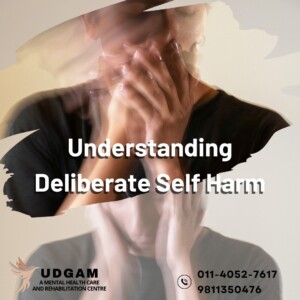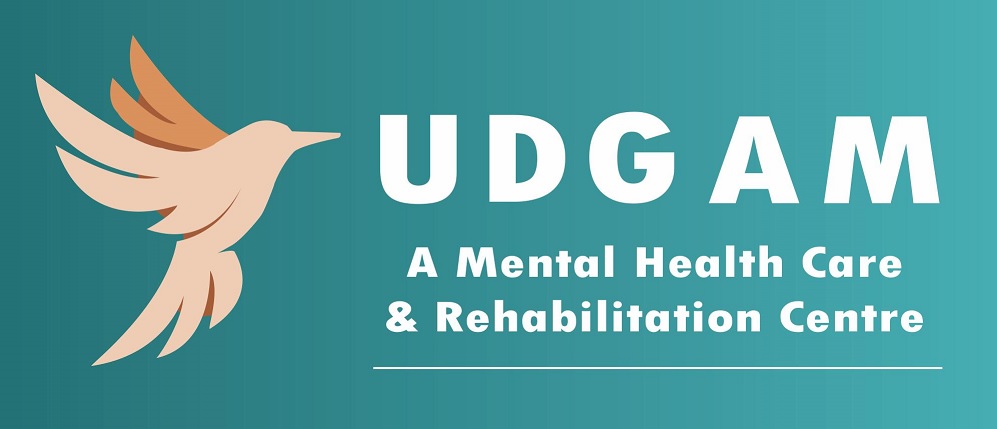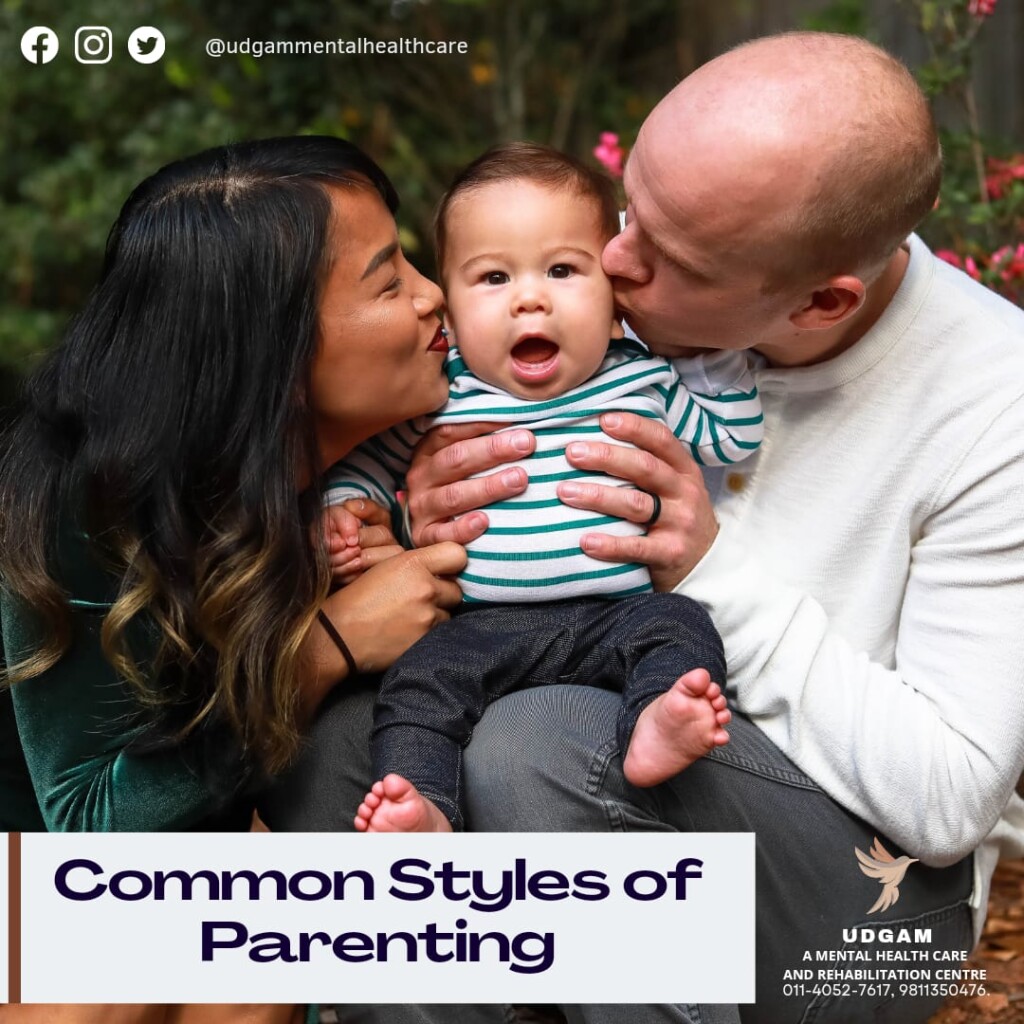Understanding Deliberate Self-Harm
DSH or Deliberate Self-Harm, is a condition seen in people of all ages and genders. It is on the rise, especially in the younger generation.
While DSH is seen as a post-trauma response, it is in theory happening for many reasons.
The important thing to know about DSH is that it is deliberate, but not with suicidal intention. Suicide is when an individual harms themselves intending to die, so any suicidal injury comes under that umbrella. But DSH is a non-non-social injury, where the individual, does not intend suicide but seeks relief or other secondary gains.
DSH and therapy
Any client coming in with DSH would undergo an extensive clinical interview to help determine the reasons/attachments they have with self-harm. By attachment, we mean how each individual attaches meaning to certain actions and uses it as a way to gain control over an uncontrollable situation.
So step one is always to try and identify these patterns of what lead to self-harm and its consequences, the maintaining factor, and any triggers that can be identified. The overall goal of therapy is to break these associations and teach the individual to healthier coping mechanisms.
DSH and its Associations
Secondary gains are the biggest maintaining factor that pushes an individual to do deliberate self-harm. While associations are the biggest clue towards what secondary gain an individual gains from DSH, we also have to take into account how the pattern started, to avoid any future triggers. These are a few associations people make
 1) To reduce intense emotional pain, which they find difficult to express.
1) To reduce intense emotional pain, which they find difficult to express.
2) To stop themselves from considering suicide, by using DSH as a relatively "safer way" to reduce destructive impulses.
3) To try and stop feeling numb, or empty or to escape feeling disconnected from their surroundings, which can be their defense mechanism towards anxiety.
4) To cope with loss of identity or inability to form an identity.
5) To deal with grief/ loss or failure.
6) As a form of self-punishment to ease guilt.
While these associations may provide slight relief, individuals tend to forget the harmful tendency of DSH and enter a cycle of self-harm.
DSH in Teenagers
There has been an increase in DSH incidence in teenagers and young adults. Many cases are followed by underlying mental health conditions as well. Correct diagnosis becomes an important element when working with DSH.
Children and adolescents don't learn in terms of once and for all. They learn of "now and then again", and still again. So when working with teenagers we have to focus on getting their cooperation. Teenagers in particular are heavily influenced by the environment, the idea of a perfect identity, peer pressure and family support.
In many adolescents, the triggers can be peer pressure, stress, grief, past abuse or family environment. Research has identified many risk factors, some of which are:
- Poor self-esteem
- Impulsive decision making
- History of violence/abuse
- Having perfectionist tendency
- Poor coping methods
- Unsupportive/ abusive environment
- Isolation/withdrawal
- Underlying mental health condition
Involving parents
We need to remember that self-injury is a behaviour, and adolescents who engage in self-injurious behaviour are still at risk for suicide.
The need to involve parents is due to their involvement in the pattern of DSH. While monitoring the child's behaviour is an important reason, it has been more important to understand what role parents play in the DSH cycle or if they are part of the trigger.
Parental counselling also takes place, to help parents understand the behaviour, its reasons, factors that maintain it, and how to help children reduce this behaviour. We help parents reinforce good behaviour and discuss bad behaviour.
At UDGAM
Our specialists at Udgam take DSH as a serious behaviour, while working on underlying mental health issues, our priority is to help individuals stop DSH. We through various programs also help spread awareness in parents/schools to identify signs of DSH and how to enhance communication within the family.



